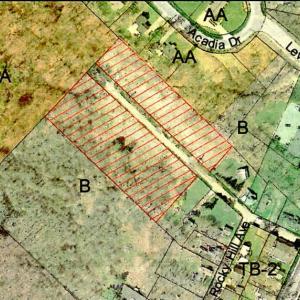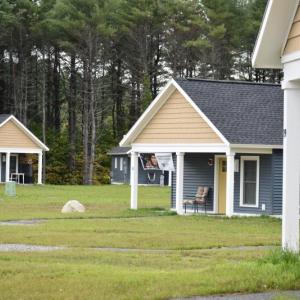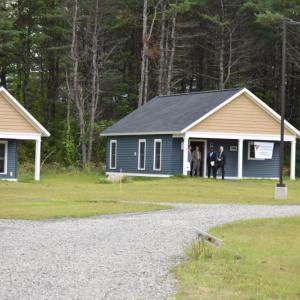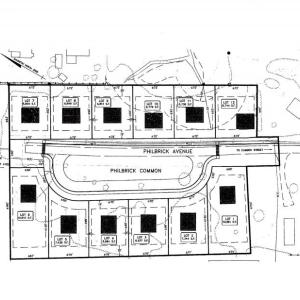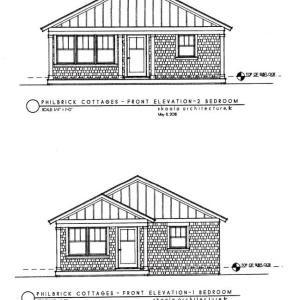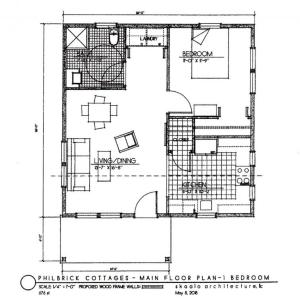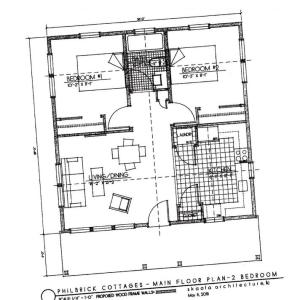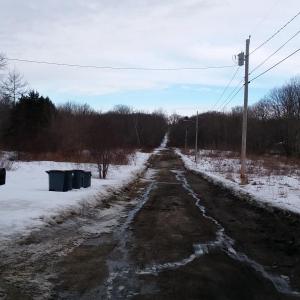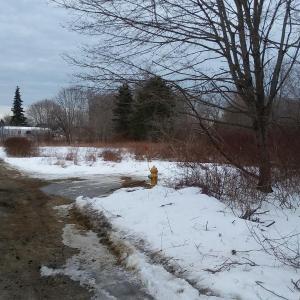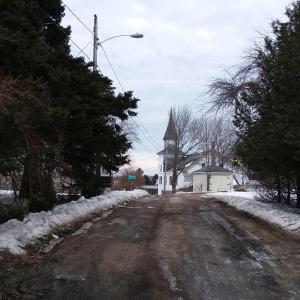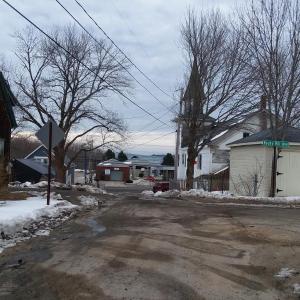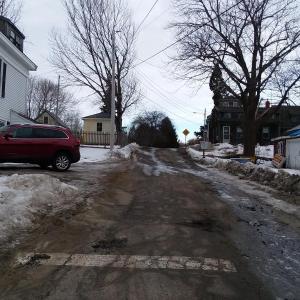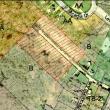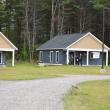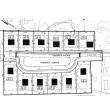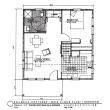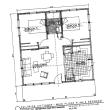Rockland warms to tiny house project concept, to ‘see if it’s worthwhile’
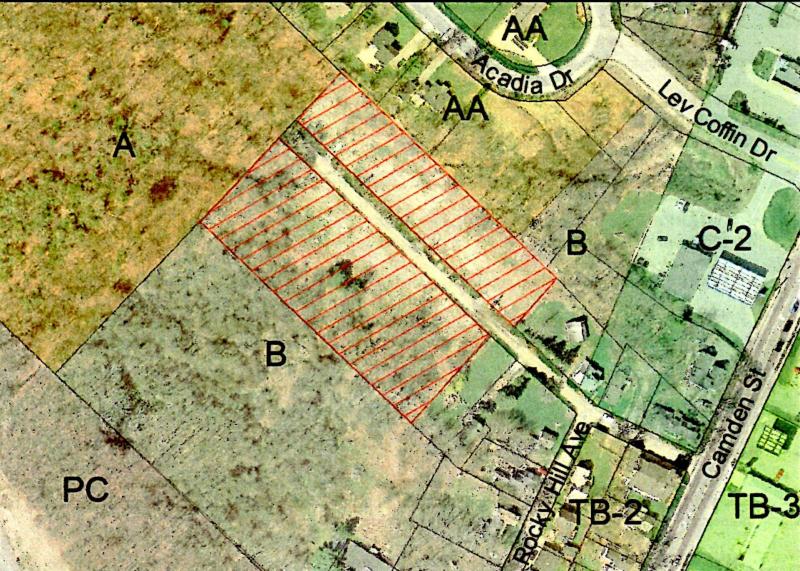 Artist rendering of Philbrick Avenue region, as provided to Council Feb. 11.
Artist rendering of Philbrick Avenue region, as provided to Council Feb. 11.
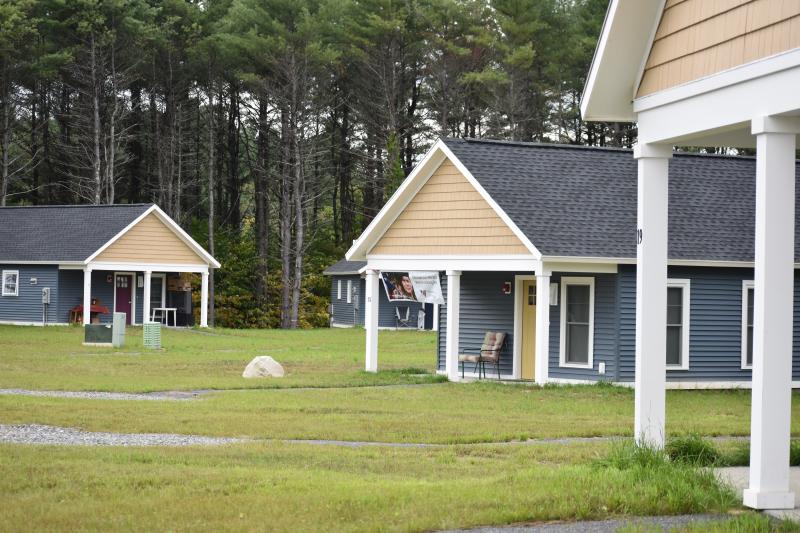 For size comparison, the cabins in the Cabin in the Woods project at Togus are 650 square feet within 11 acres. https://admin.penbaypilot.com/article/cabin-woods-project-togus-meets-survival-needs-creates-model/107966
(Photo by Sarah Thompson)
For size comparison, the cabins in the Cabin in the Woods project at Togus are 650 square feet within 11 acres. https://admin.penbaypilot.com/article/cabin-woods-project-togus-meets-survival-needs-creates-model/107966
(Photo by Sarah Thompson)
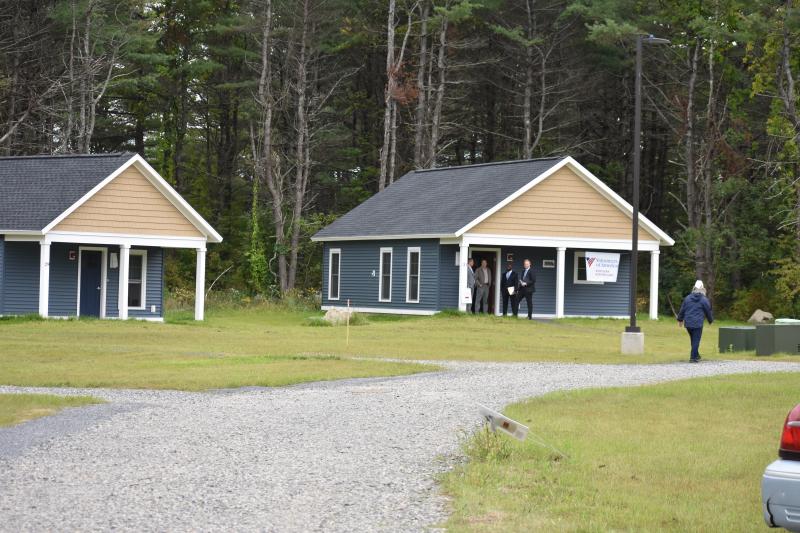 (Photo by Sarah Thompson)
(Photo by Sarah Thompson)
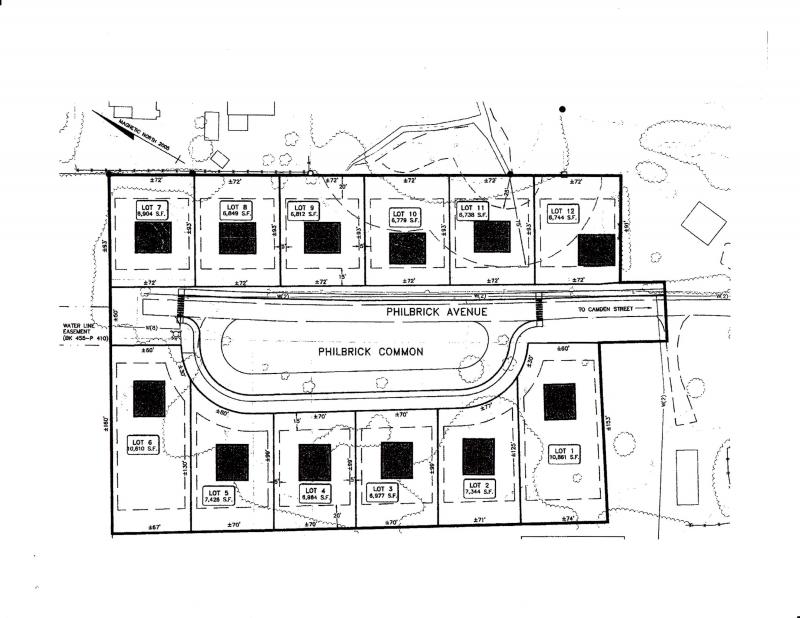 Habitat for Humanity site plans submitted in May,2018. A few minor changes have been made since then, according to Tia Anderson.
Habitat for Humanity site plans submitted in May,2018. A few minor changes have been made since then, according to Tia Anderson.
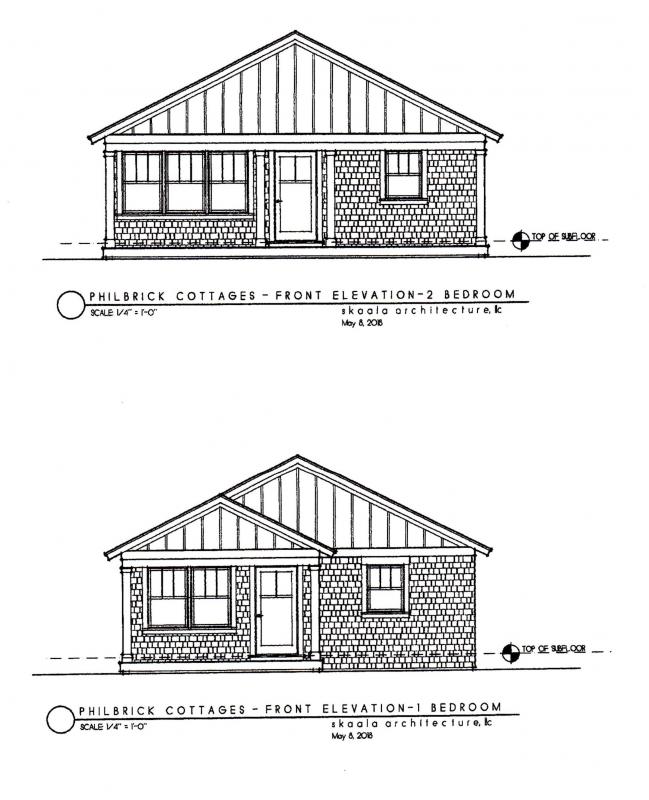 Habitat for Humanity site plans submitted in May 2018.
Habitat for Humanity site plans submitted in May 2018.
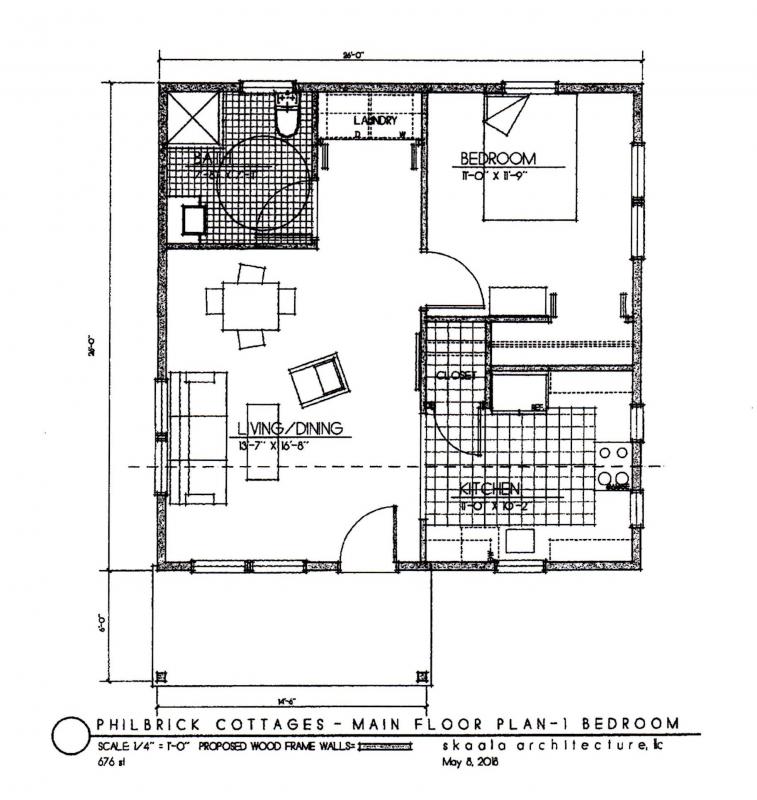 One-bedroom unit. Habitat for Humanity site plans submitted in May 2018.
One-bedroom unit. Habitat for Humanity site plans submitted in May 2018.
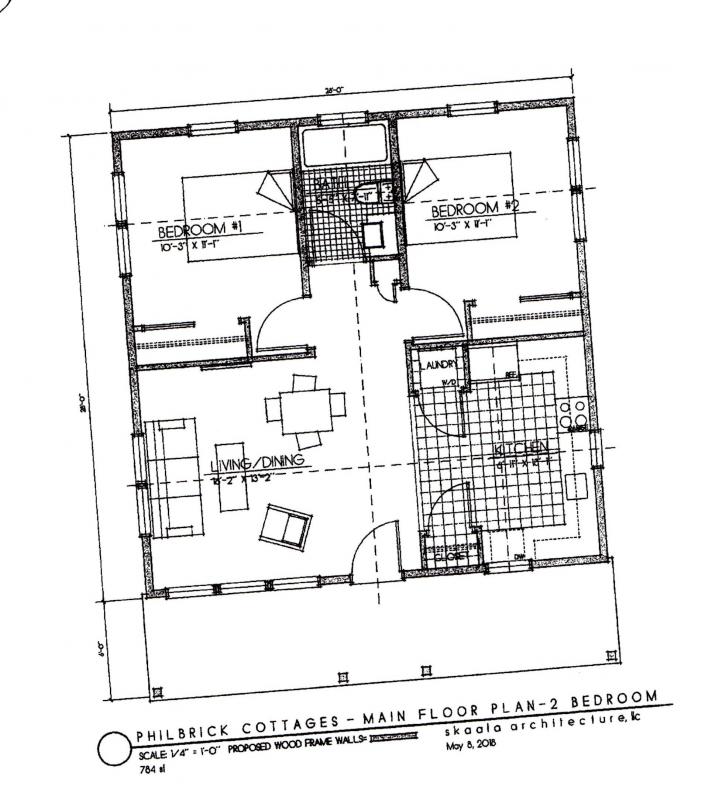 Two-bedroom unit. Habitat for Humanity site plans submitted in May 2018.
Two-bedroom unit. Habitat for Humanity site plans submitted in May 2018.
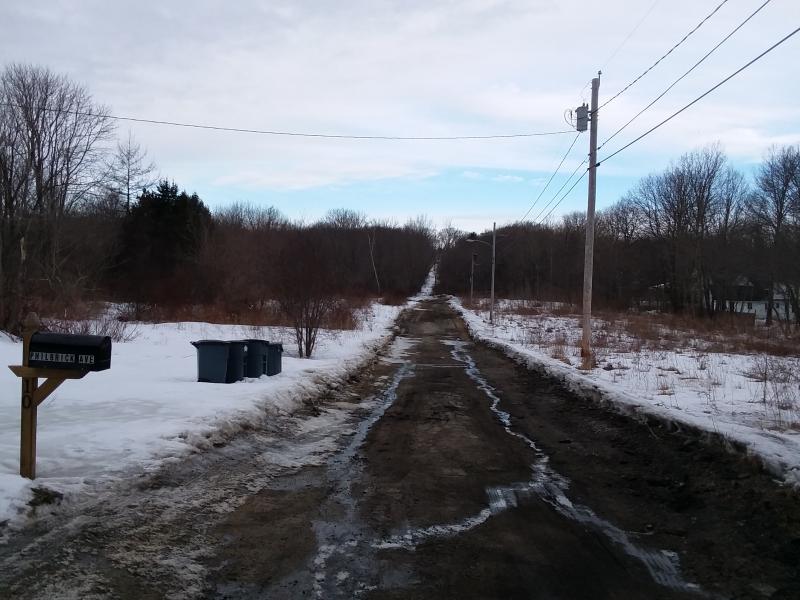 View of the proposed lot, March 2, looking west. (Photo by Sarah Thompson)
View of the proposed lot, March 2, looking west. (Photo by Sarah Thompson)
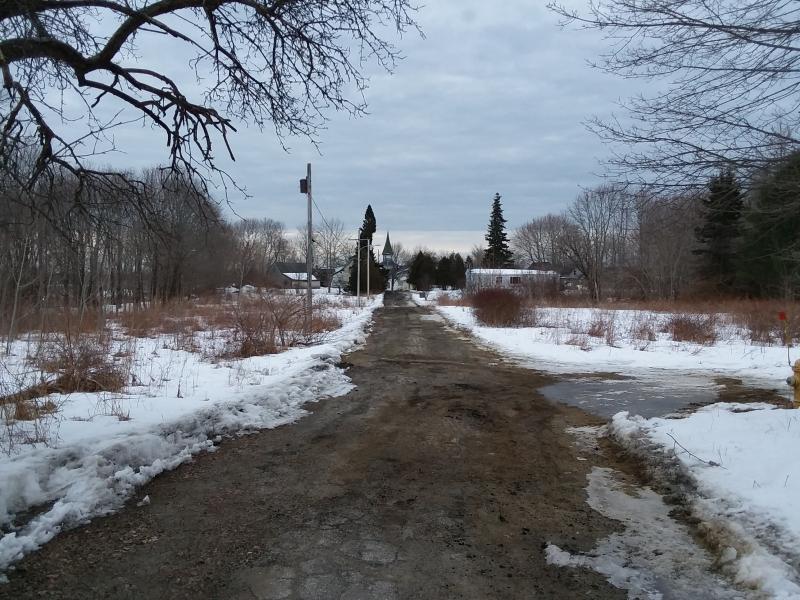 Looking east toward Camden Street from the end of Philbrick Avenue. (Photo by Sarah Thompson)
Looking east toward Camden Street from the end of Philbrick Avenue. (Photo by Sarah Thompson)
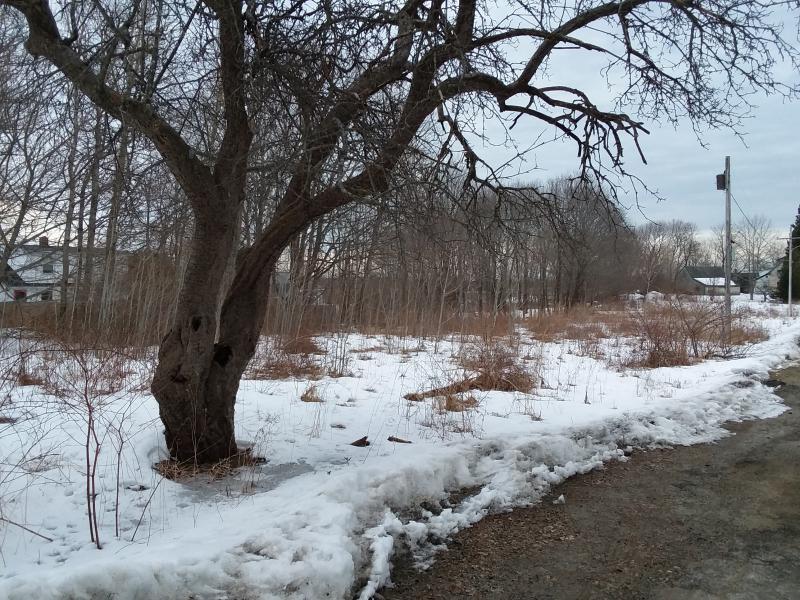 Looking along the north side of the proposed site.
Looking along the north side of the proposed site.
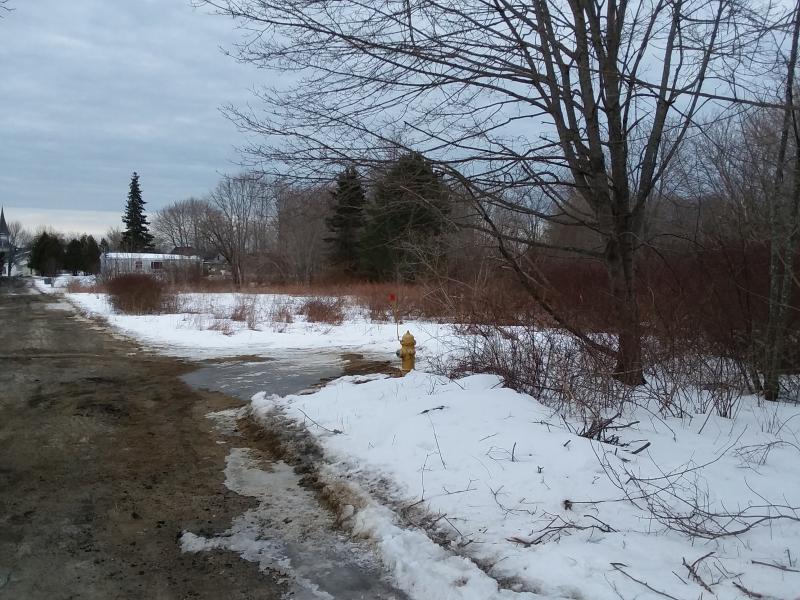 The south side of the road. (Photo by Sarah Thompson)
The south side of the road. (Photo by Sarah Thompson)
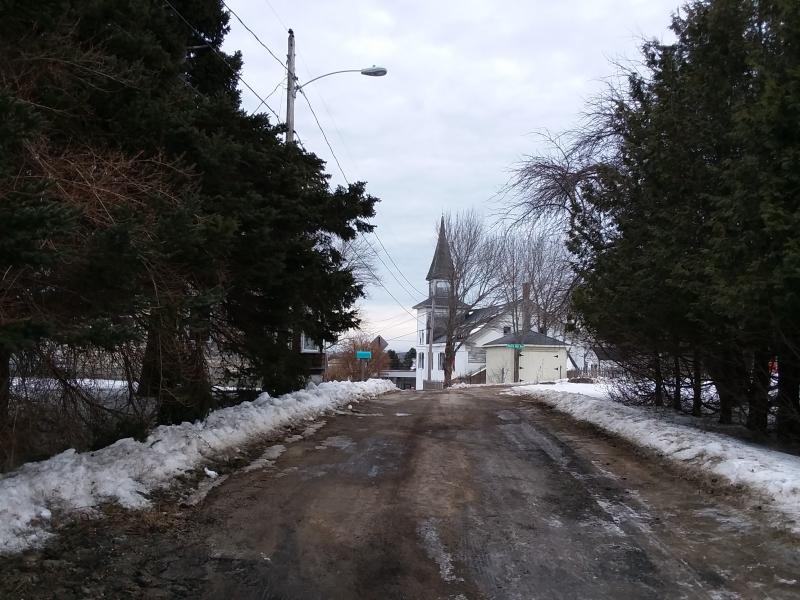 The view toward Camden Street and ocean. (Photo by Sarah Thompson)
The view toward Camden Street and ocean. (Photo by Sarah Thompson)
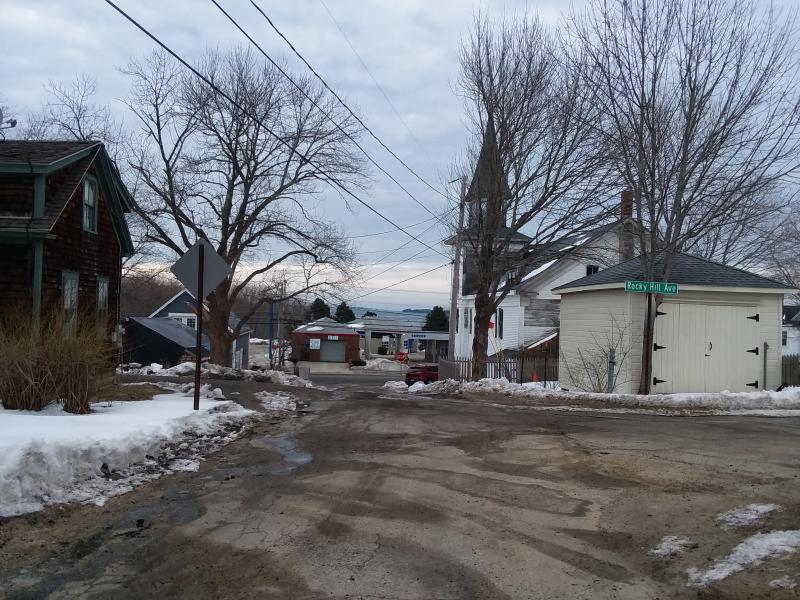 Intersection of Philbrick Avenue and Rocky Hill Road, facing Camden Street. (Photo by Sarah Thompson)
Intersection of Philbrick Avenue and Rocky Hill Road, facing Camden Street. (Photo by Sarah Thompson)
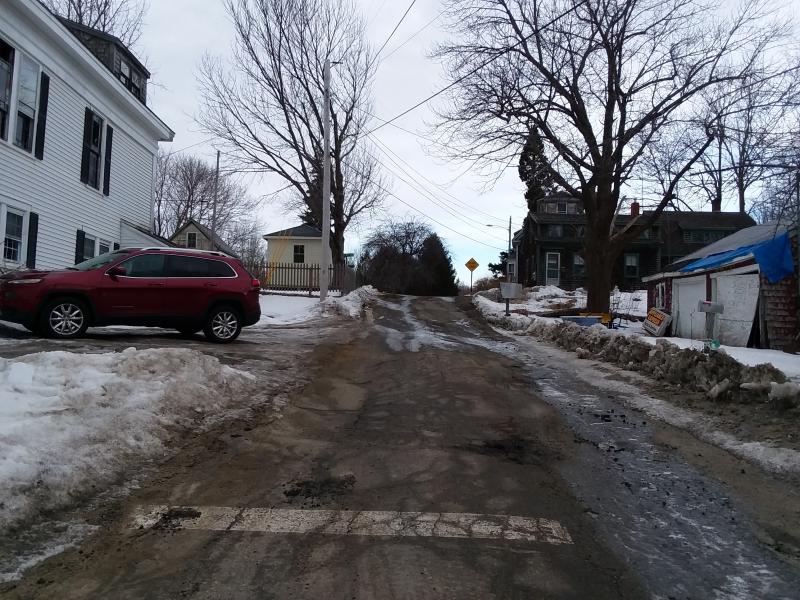 The part of Philbrick Avenue that drivers see. Baptist Church is on left. (Photo by Sarah Thompson)
The part of Philbrick Avenue that drivers see. Baptist Church is on left. (Photo by Sarah Thompson)
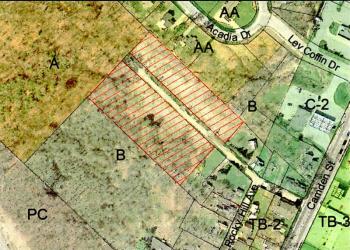 Artist rendering of Philbrick Avenue region, as provided to Council Feb. 11.
Artist rendering of Philbrick Avenue region, as provided to Council Feb. 11.
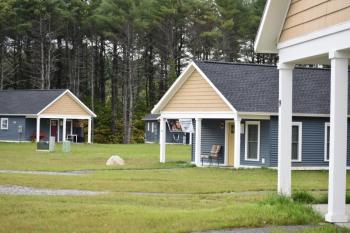 For size comparison, the cabins in the Cabin in the Woods project at Togus are 650 square feet within 11 acres. https://admin.penbaypilot.com/article/cabin-woods-project-togus-meets-survival-needs-creates-model/107966
(Photo by Sarah Thompson)
For size comparison, the cabins in the Cabin in the Woods project at Togus are 650 square feet within 11 acres. https://admin.penbaypilot.com/article/cabin-woods-project-togus-meets-survival-needs-creates-model/107966
(Photo by Sarah Thompson)
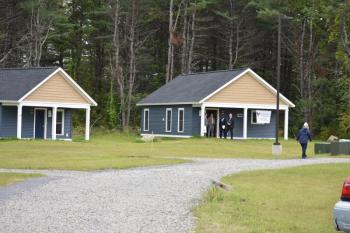 (Photo by Sarah Thompson)
(Photo by Sarah Thompson)
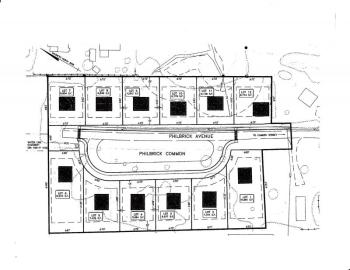 Habitat for Humanity site plans submitted in May,2018. A few minor changes have been made since then, according to Tia Anderson.
Habitat for Humanity site plans submitted in May,2018. A few minor changes have been made since then, according to Tia Anderson.
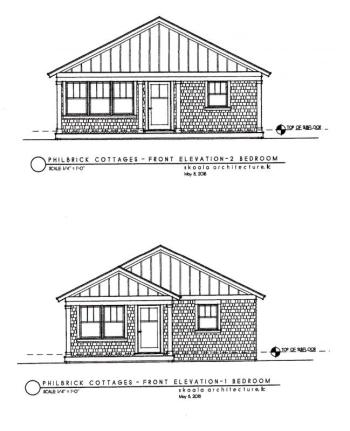 Habitat for Humanity site plans submitted in May 2018.
Habitat for Humanity site plans submitted in May 2018.
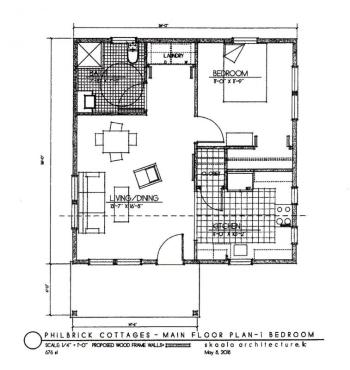 One-bedroom unit. Habitat for Humanity site plans submitted in May 2018.
One-bedroom unit. Habitat for Humanity site plans submitted in May 2018.
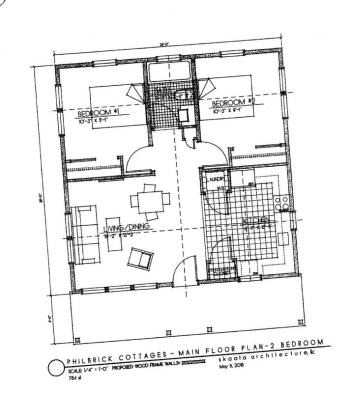 Two-bedroom unit. Habitat for Humanity site plans submitted in May 2018.
Two-bedroom unit. Habitat for Humanity site plans submitted in May 2018.
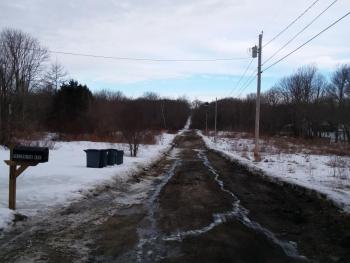 View of the proposed lot, March 2, looking west. (Photo by Sarah Thompson)
View of the proposed lot, March 2, looking west. (Photo by Sarah Thompson)
 Looking east toward Camden Street from the end of Philbrick Avenue. (Photo by Sarah Thompson)
Looking east toward Camden Street from the end of Philbrick Avenue. (Photo by Sarah Thompson)
 Looking along the north side of the proposed site.
Looking along the north side of the proposed site.
 The south side of the road. (Photo by Sarah Thompson)
The south side of the road. (Photo by Sarah Thompson)
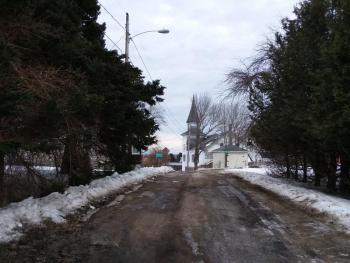 The view toward Camden Street and ocean. (Photo by Sarah Thompson)
The view toward Camden Street and ocean. (Photo by Sarah Thompson)
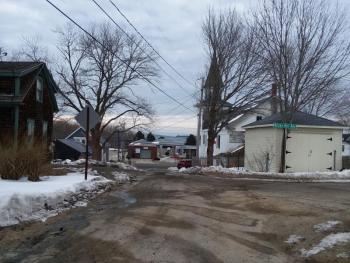 Intersection of Philbrick Avenue and Rocky Hill Road, facing Camden Street. (Photo by Sarah Thompson)
Intersection of Philbrick Avenue and Rocky Hill Road, facing Camden Street. (Photo by Sarah Thompson)
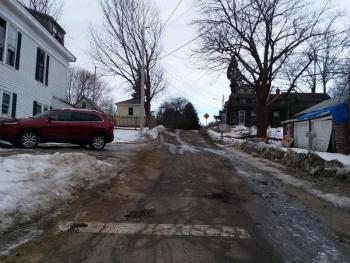 The part of Philbrick Avenue that drivers see. Baptist Church is on left. (Photo by Sarah Thompson)
The part of Philbrick Avenue that drivers see. Baptist Church is on left. (Photo by Sarah Thompson)
ROCKLAND — A proposed affordable housing development in Rockland may one day come to fruition, but only after City Council permits reduction of minimum lot size and setbacks within that development.
Midcoast Habitat for Humanity appeared before the Planning Board in May 2018, with an initial proposal to construct as many as 12 very small houses on six Habitat-owned lots at the end of Philbrick Avenue.
To make the development work, lot sizes would need to be 5,000 square feet with minimum street frontage of 50 feet. Currently, Residential B zoning requires a minimum 6,400 square-foot lot size, and an 80-foot setback.
The houses, themselves would be between 500- and the current 750-square-foot minimum allotment.
To advance the project, Tia Anderson, director of MHH, has requested a language change to a Contract Zoning ordinance specific to the nonprofit. [Authorizing a contract zone for Habitat for Humanity to allow for a housing development at 15 Philbrick Avenue, to allow for the construction of up to 12 houses proposed to be smaller than the minimum 750 square feet required by the Residential B zone.]
In voicing support for a different project proposal that would allow living accommodations to a unit within the Lincoln Street Arts Center – thereby potentially activating an affordable-housing movement for artists – Councilor Valli Geiger talked of using that particular project as an experiment or demonstration.
In the same way that Geiger viewed the Arts Center proposal as something to watch and learn from, former City Council member Richard Warner spoke the same of the Habitat project.
In previous meetings, Warner voiced opposition of altering city-wide residential zone ordinances that would reduce lot sizes and setbacks, and in effect, allow ‘tiny houses’ in the city.
However, during the Feb. 11 Council meeting, he said, from the public podium: “I think that this [Habitat project] is exactly the sort of thing that could have been a demonstration project for tiny houses rather than rezoning the entire city.
“This appears to be a worthwhile measure. It would allow the public to have a look at it, talk to the people who live in them on occasion, and see if it’s successful. That’s how it’s usually done in government.”
Later in the meeting, Council members voted unanimously to move forward with the language changes. In doing so, the ordinance will return to the March 11 meeting agenda.
“I see [Anderson] seeking out, actively seeking out, opportunities to help people find affordable housing, on whatever scale they can afford,” said Councilor Amelia Magjik. “I really appreciate this ordinance amendment. I really appreciate the motivation behind it, and the reality that it’s showing us.”
Magjik told Council of her job at a construction company. She sees first-hand the extreme expense associated with building a home, especially in the Midcoast, where the process of obtaining materials requires more energy.
“I think this is a brilliant idea,” she said. “Who’s to say how much space you need to live in? You need as much as you can afford. And so I think this is really important for those of us who are deciding whether to buy food or heat. And I just want to applaud everyone involved in making these changes, in making housing accessible to Rockland residents.”
And, as Councilor Ed Glaser mentioned, during the meeting, the Habitat contract is not a pure Contract Zone, since a termination clause is included.
“Somehow, if the project doesn’t go through as planned, it reverts back to being a B zone,” he said.
Habitat for Humanity will need to return to the Planning Board for permit approval.
Event Date
Address
15 Philbrick Avenue
Rockland, ME
United States

